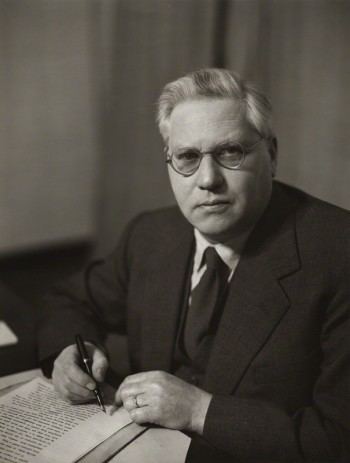Name Ben Lockspeiser | Role Researcher | |
 | ||
Died October 18, 1990, Farnborough, United Kingdom | ||
Sir Ben Lockspeiser KCB, FRS, MIMechE, FRAeS (9 March 1891 – 18 October 1990) was a British scientific administrator and the first President of CERN.
Lockspeiser was educated at the Grocers' Company's School, Hackney, and Sidney Sussex College, Cambridge. He served as a private with the Royal Army Medical Corps at Gallipoli during the First World War. Lockspeiser became a chemist at the Royal Aircraft Establishment, Farnborough.
During the Second World War he was promoted and worked on secret projects for the Admiralty.
He was also at the Ministry of Aircraft Production, and supplied the spotlight altimeter method for the Dambusters raid. He became Deputy-Director.
He was knighted in the 1946 New Year Honours list. By the 1950s he was Secretary at the Department of Scientific and Industrial Research In July 1950 he opened the new Science Block at Abingdon School.
Quote about the establishment of CERN. "Scientific research lives and flourishes in an atmosphere of freedom - freedom to doubt, freedom to enquire and freedom to discover. These are the conditions under which this new laboratory has been established."
Reference to an Automatic Computing Engine (ACE) project is referenced in memos dated from 1950 at the Alan Turing Archive. Lockspeiser was also responsible for the development and further exploitation of the Manchester Mark 1 into the world's first commercially available general-purpose electronic computer, the Ferranti Mark 1.
Much is mentioned about his cancellation of the Miles M.52 Supersonic Jet project when he was Director of Scientific Research.
His pre-war interest in Communism made him the object of monitoring by the British secret service MI6.
He lived out his retirement in Farnborough.
